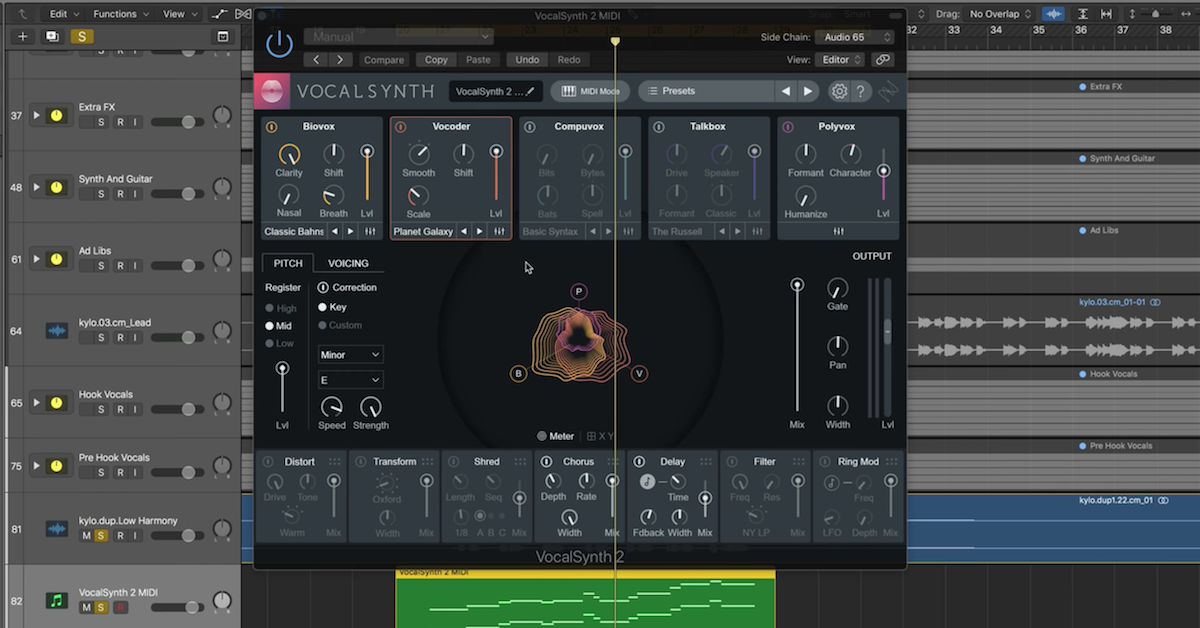Asynchrony of A/V Media (Part 1): Introduction
Article Content
The Foley Grail
While researching Foley sounds for a possible dissertation I came across an interesting quote in Vanessa Theme-Aments’ Foley Grail book. In it she talks about two schools of thought in regards to mixing and editing audio for visual media. On one side there is the scientific argument that sound travels slower than light and therefore should be mixed early to allow the audio and light information to arrive simultaneously. In the next sentence she then said that common practice was to mix audio late however, and that it was considered that audio could be up to two frames late without it being perceivable.
The Significance
I felt that, considering how big a problem this could actually be, two sentences in a book seemed a little short. It got me wondering about how obvious a sync error actually is, and whether there are any situations in which Asynchrony could be introduced, and so began my dissertation into the causes and effects of Asynchrony in audio-visual media. As the dissertation was 7000 words I’ll be splitting these articles into several pieces looking at specific parts of the problem before bringing it all together at the end.
Some useful figures:
Theoretically this is all sound, if someone was sitting 40 feet from the screen and speakers, in a piece of film that was mixed perfectly with all sound in sync with the visual counterparts, the light would reach the viewer within nano-seconds. The audio however would reach them within 40 ms, and would therefore be one frame out of sync, as to whether this is perceivable will be discussed further on.
Theme-Ament however showed that the film industry does not work to this idea and instead allows themselves one or two frames to work with. Although there is little evidence to support this, and the evidence above goes against it, there is no denying their experience and expertise. These films are scrutinized at every point in their production and then afterwards by critics. If their opinions were incorrect then there would be evidence in every cinema as people notice the lack of sync between dialogue and sound effects.
In The UK…
The UK’s BBC standards give a much tighter boundary for people to work within; their standards dictate that AV must be synchronized within + ¼ and – ½ of a frame. So they believe that audio should be within + 10 ms and – 20 ms. This is a really tight boundary, and I doubt that it would even be scrutinized in any in-depth manner, and as I will later discuss might not even be possible to detect in that tight a guideline.
In my next article, I will begin to look at our perception of sync errors (the resolution of our hearing if you will). This will include some data collected by myself, and will explore how noticeable different levels of Asynchrony are. With that concluded I’ll then go on to discuss how likely it is that Asynchrony is introduced by various means such as the editing process, equipment used and common listening situations.






